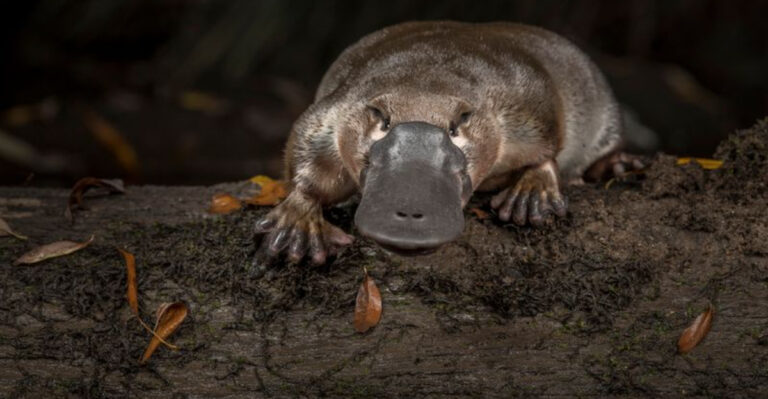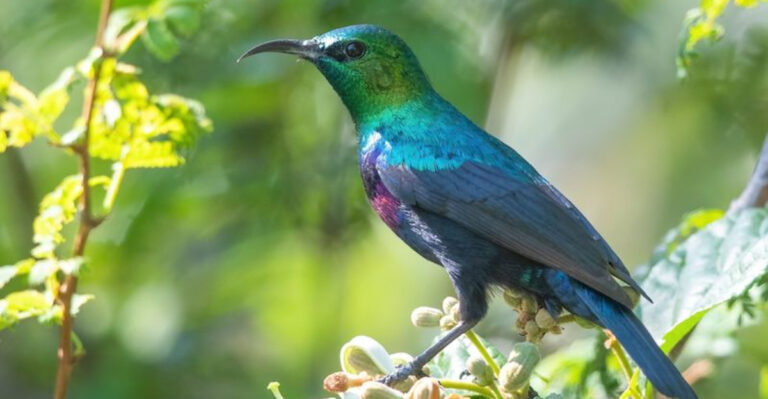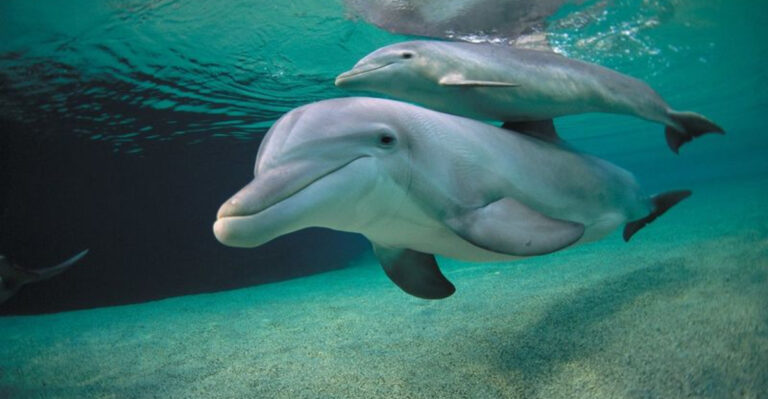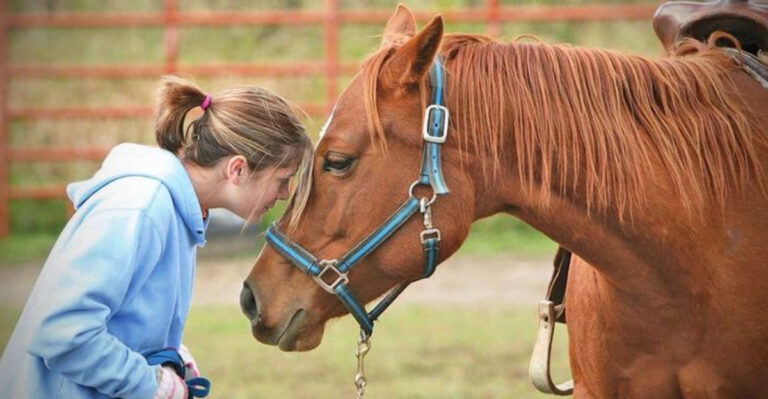This Endangered Bird May Vanish Without Most People Noticing
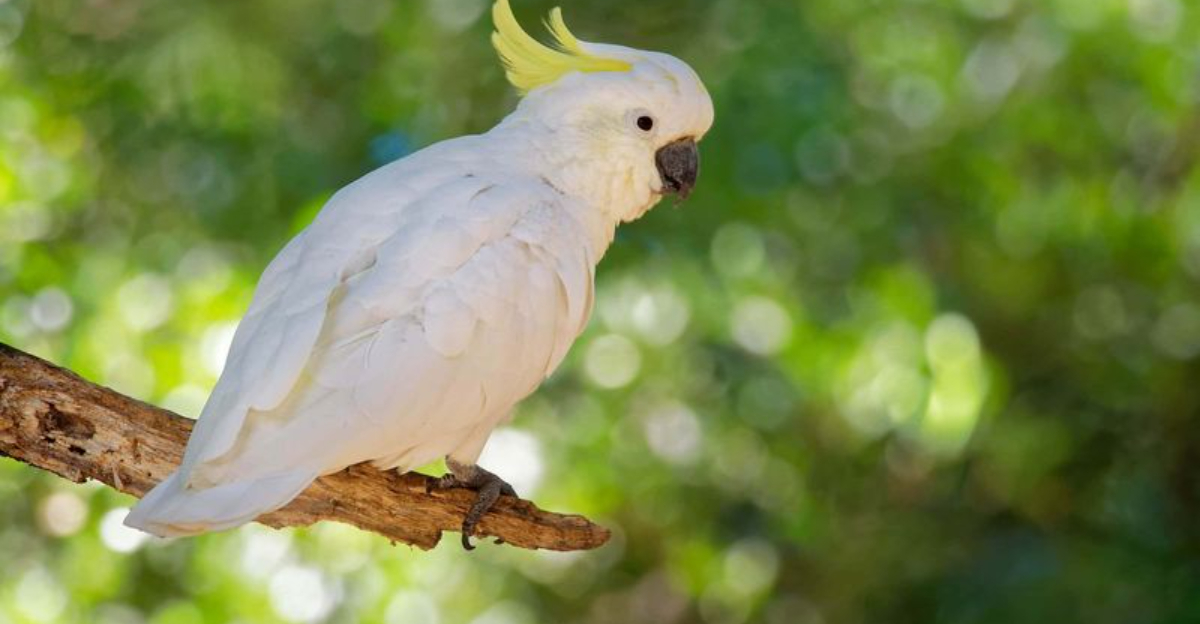
In the tapestry of our world’s wildlife, the Yellow-Crested Cockatoo is a vibrant thread that’s slowly fading. Known for their striking yellow plumage and playful antics, these birds face an uncertain future.
Here, we’ll explore some remarkable facts about these fascinating creatures, highlighting why they might quietly disappear if we’re not careful.
1. It Could Disappear Without Anyone Even Noticing
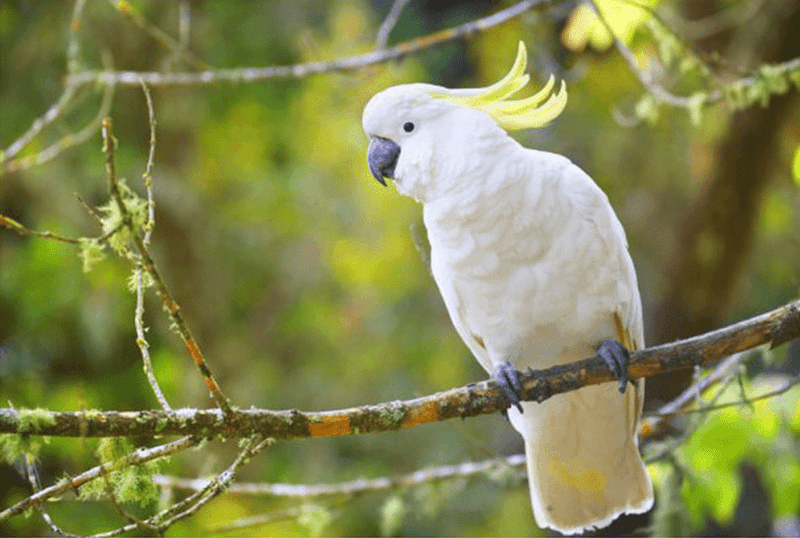
Yellow-Crested Cockatoos are vanishing, and it’s happening under the radar. Habitat loss and illegal pet trade are stealthy culprits. Imagine visiting a forest that once echoed with their calls but now is eerily silent.
Without urgent action, their colorful presence might fade away unnoticed, leaving only memories of their once-bright feathers fluttering in the wind.
2. Native To Indonesia And Timor
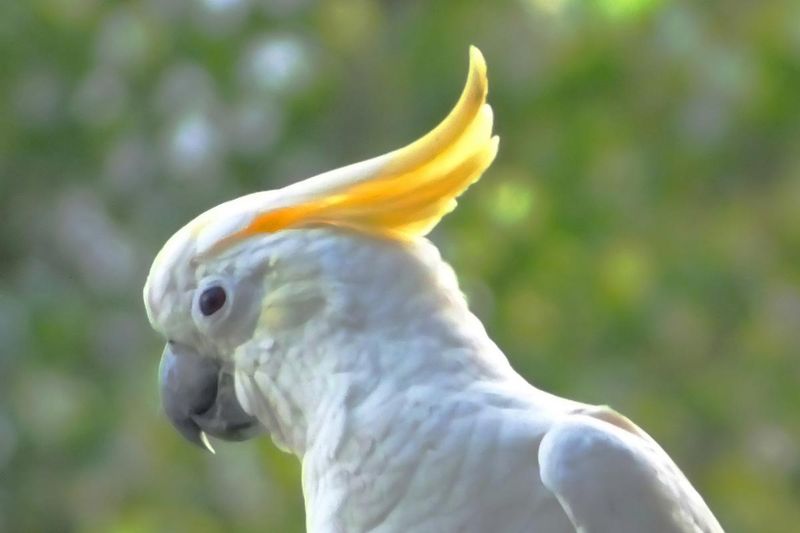
These vibrant cockatoos are exclusive to Indonesia and Timor. Environmental shifts here ripple through their existence, affecting food sources and habitats.
Picture a lush paradise slowly turning barren—this is the reality they face. As climates change, so does their chance to thrive. Their survival hinges on preserving these unique ecosystems.
3. Iconic Yellow Crest
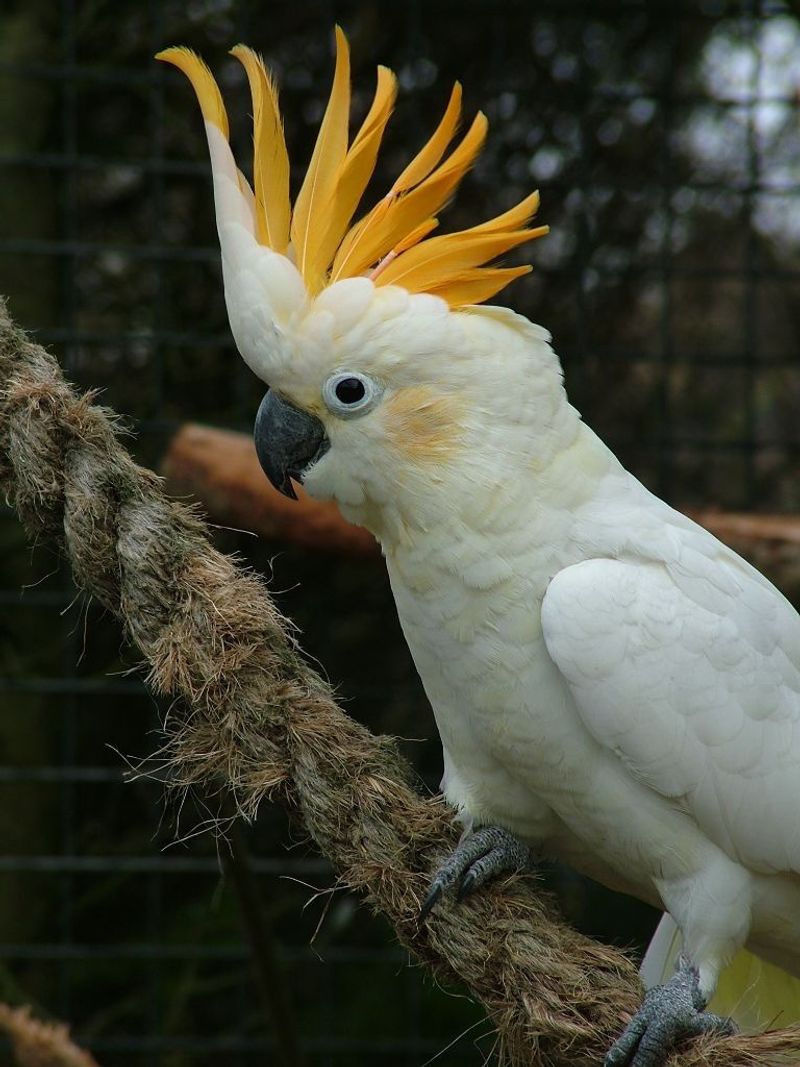
The yellow crest isn’t just for show; it’s a communication tool. Just imagine having a feathered crown you can use to express moods and social signals.
In the wild, it stands out, a golden beacon amidst the green. This crest is more than beauty—it’s vital for interaction, a feature that sets them apart from other birds.
4. Endangered Species
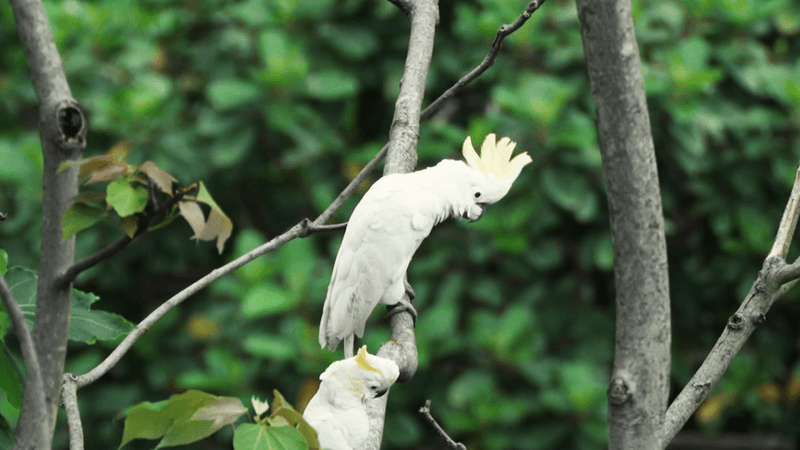
Officially endangered, their plight is underlined by deforestation and an insidious pet trade. Their numbers dwindle as ancient trees fall and cages replace nests.
The vibrant squawks once heard are now whispers of a disappearing legacy. To save them, we must tackle these threats head-on, embracing conservation with urgency.
5. Highly Intelligent And Social
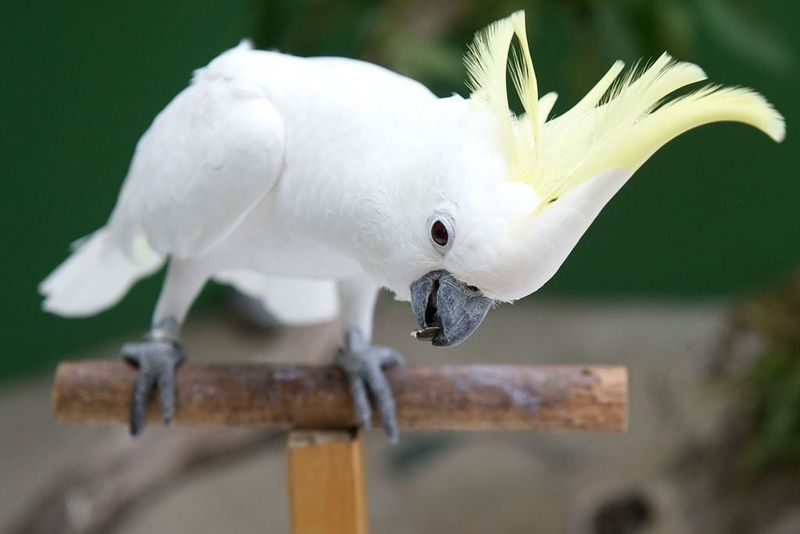
These cockatoos are brainy, capable of mimicking speech and sounds. Their sociability makes them endearing pets, but it also leads to their downfall.
In captivity, their intelligence shines, yet each stolen bird is a blow to wild populations. It’s a bittersweet charm that fuels their illegal trade, a cycle we need to break.
6. Diet Of Seeds, Fruits, And Nuts
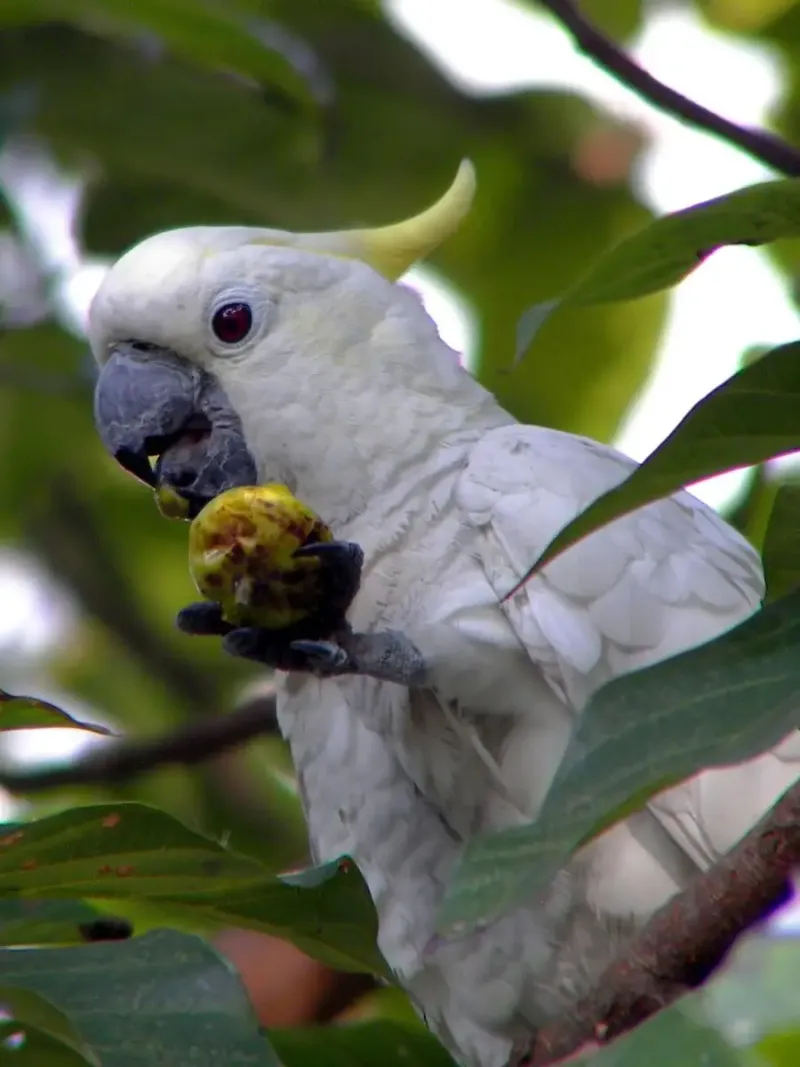
Their diet is a tropical buffet, but deforestation threatens their dining table. Picture a feast turned famine as trees disappear.
The loss of native plants means scarcer food, pushing these birds to search further and harder. Conserving forests is not just about trees; it’s about sustaining the entire web of life they support.
7. Live In Small, Isolated Groups
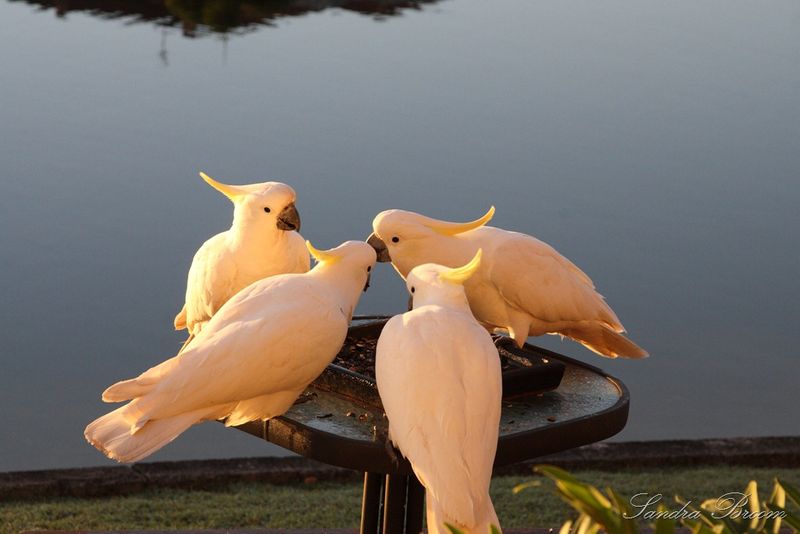
Living in small, isolated groups makes recovery tough. Each loss hits hard, diminishing genetic diversity and resilience.
Protecting existing populations is crucial, as is creating corridors that connect isolated groups, giving them a fighting chance.
8. Long Lifespan In Captivity
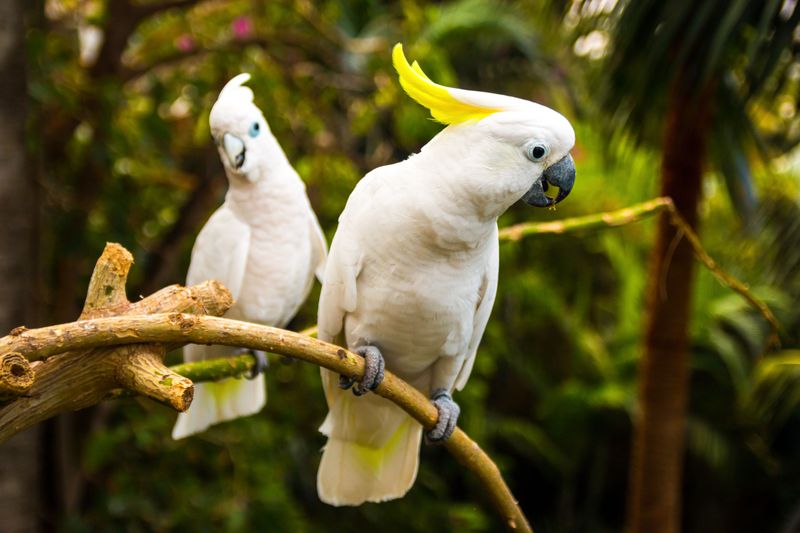
In captivity, they can outlive their owners, reaching up to 60 years. This longevity makes them appealing yet also perpetuates illegal trade. Their prolonged lifespan in captivity highlights the need for responsible pet ownership and stricter trade regulations.
9. Mating For Life
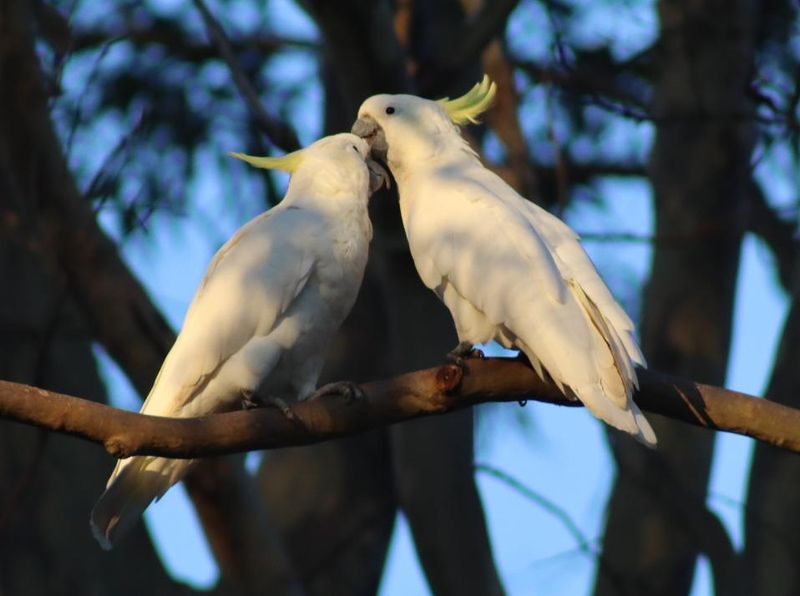
These cockatoos are romantics, mating for life. Their strong pair bonds are disrupted by loss, affecting reproduction rates. Just like us, they find it too difficult to move on after losing a loved one. Conservation efforts must consider their monogamous nature, ensuring pairs are kept intact to boost recovery.
10. Threatened By The Illegal Pet Trade
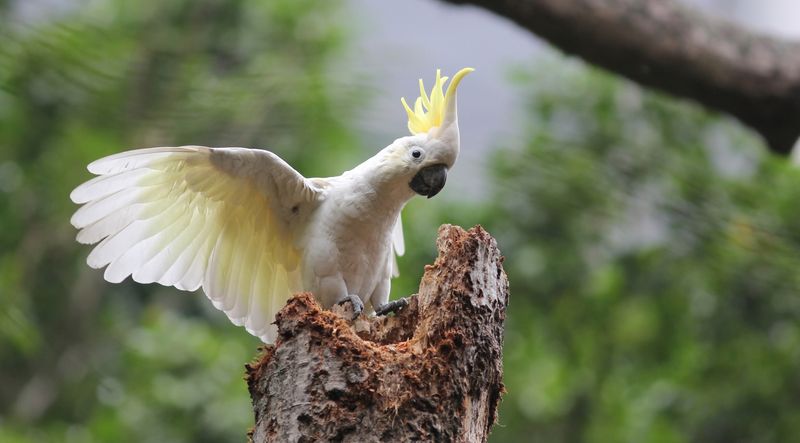
The allure of exotic pets drives their capture and sale. Each bird sold is a blow to wild populations. Combatting this trade is vital—raising awareness and strengthening laws can diminish demand, helping secure their wild future.
11. Habitat Destruction Due To Logging
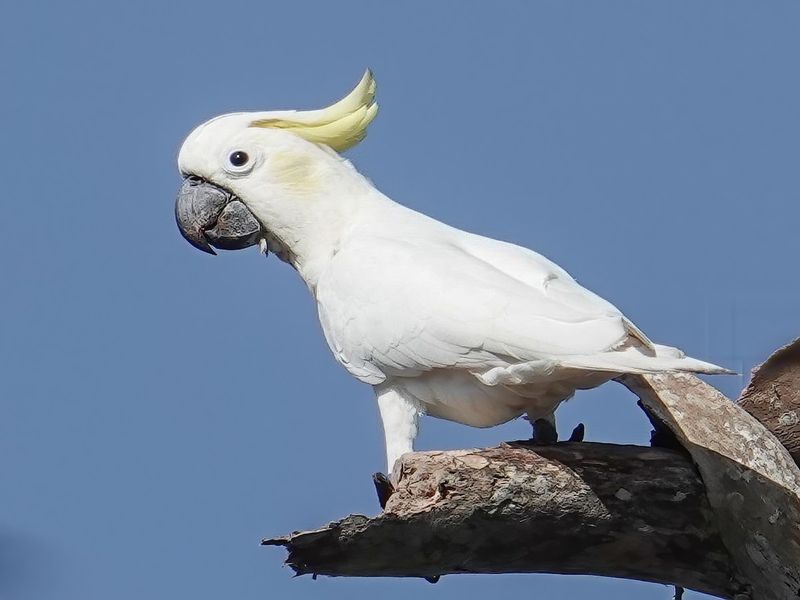
Logging strips away the forests they call home, leaving barren landscapes. Such devastation limits nesting sites and food sources, pushing them closer to extinction.
Advocacy for sustainable practices and reforestation can turn the tide, restoring their natural habitat.
12. Protected By Law In Some Areas
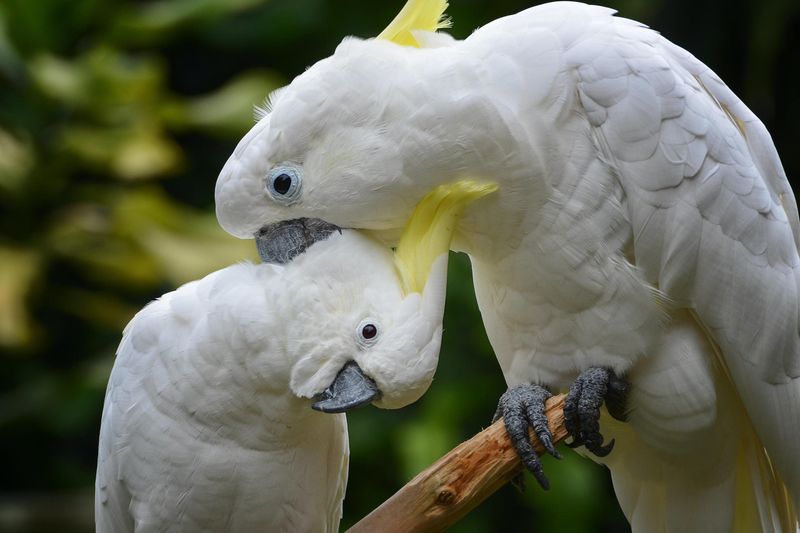
Legal protections exist but often lack enforcement. In protected areas, they thrive, but elsewhere, threats persist.
Strengthening enforcement and expanding protected zones are key to their survival, ensuring laws are more than just words on a page.
13. Conservation Efforts Are Underway
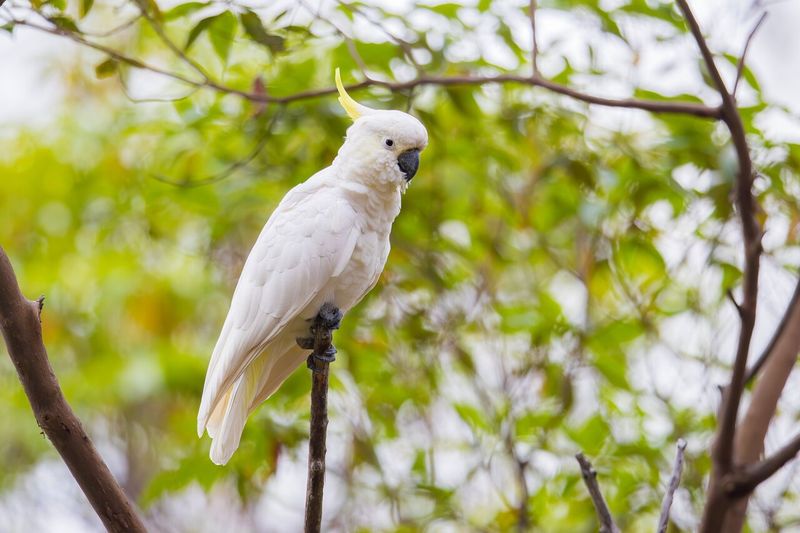
Efforts to conserve them include breeding programs and habitat restoration. Imagine a team of dedicated individuals planting hope with every tree.
These strategies show promise, but global cooperation is needed. By supporting these initiatives, we can turn the tide and ensure their vibrant calls echo for generations.

